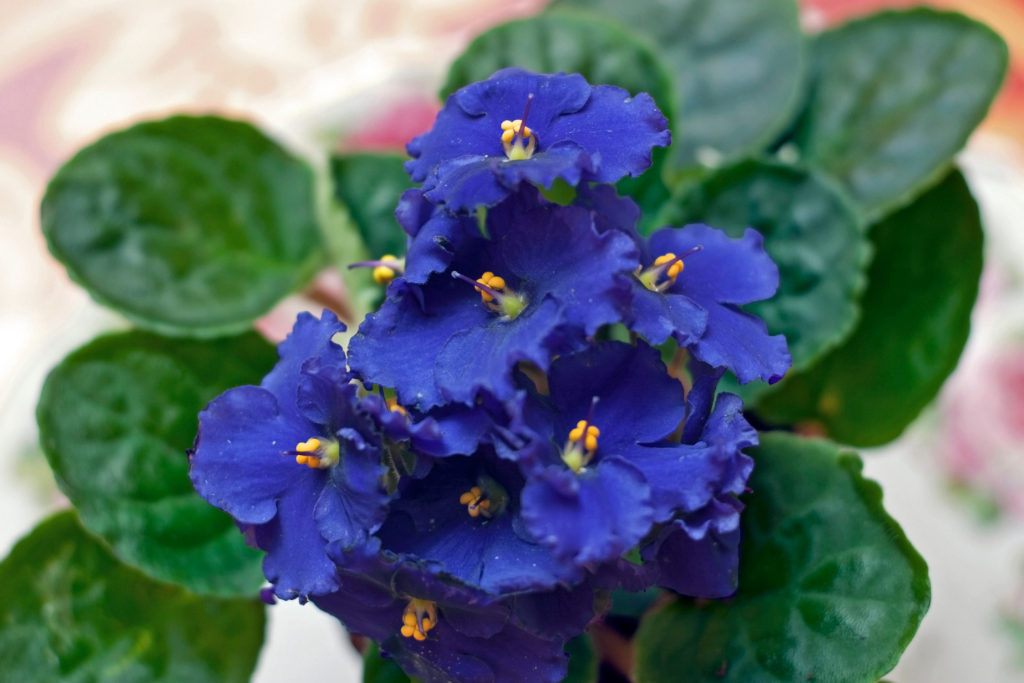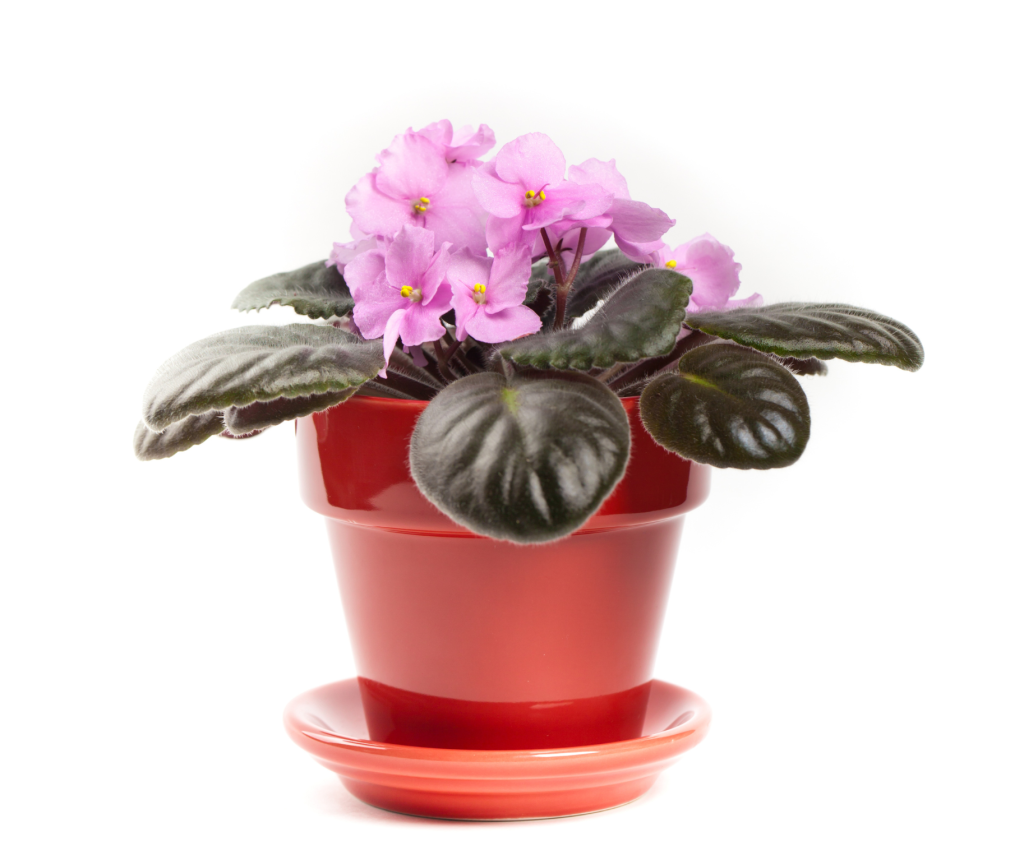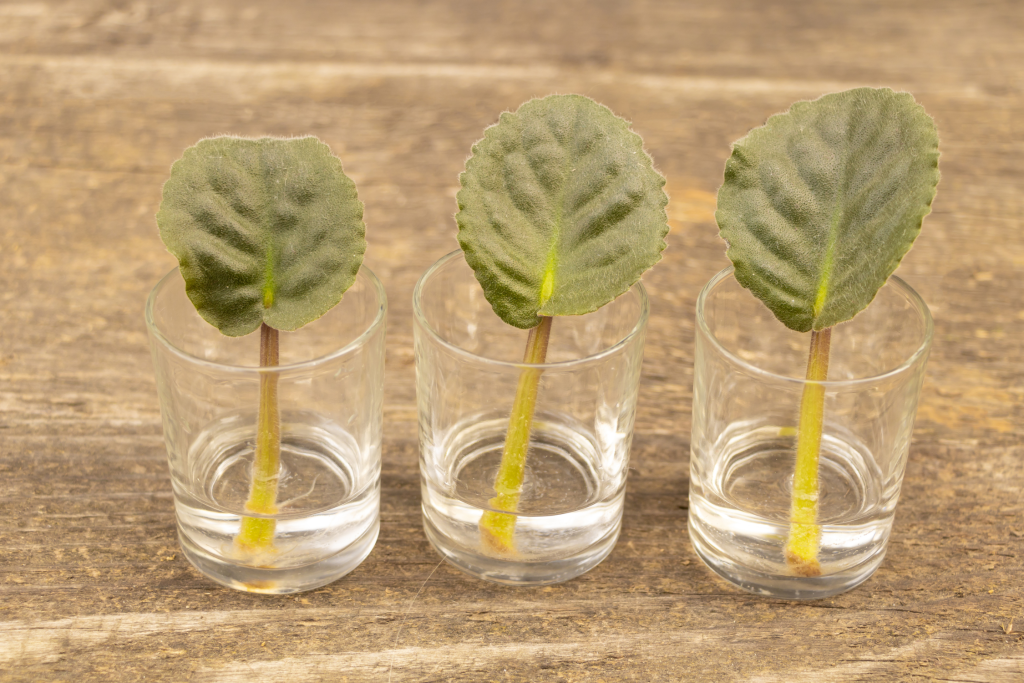African violets (Saintpaulia) are beloved houseplants, cherished for their delicate blooms and lush foliage. Native to the coastal woods of East Africa, these charming plants have found their way into homes and hearts worldwide. Here’s a comprehensive guide to understanding, growing, and enjoying African violets.

A Brief History
Discovered in 1892 by Baron Walter von Saint Paul-Illaire in Tanzania, African violets quickly captivated plant enthusiasts. Their popularity soared in the mid-20th century, with countless hybrids being developed. Today, there are thousands of varieties, each with unique characteristics, colors, and forms.
African Violet Varieties
African violets (Saintpaulia) are renowned for their diverse array of varieties, each offering unique characteristics and beauty. Here’s a glimpse into the fascinating variety of African violet cultivars:

- Standard African Violets
- Miniature African Violets
- Trailing African Violets
- Semi-miniature African Violets
- Variegated African Violets
- Ruffled African Violets
- Single African Violets
- Double African Violets
- Fantasy African Violets
- Multicolor African Violets
Why Grow African Violets?
1. Year-Round Blooms: Unlike many other houseplants, African violets can bloom continuously throughout the year under the right conditions. Their vibrant flowers range from purples and blues to pinks, whites, and even bi-colors.
2. Compact Size: These plants are perfect for small spaces. They thrive in pots, making them ideal for windowsills, desks, and small shelves.
3. Low Maintenance: With a bit of care, African violets are relatively easy to grow. They are forgiving plants, resilient to minor lapses in their care routine.
Growing African Violets: A Step-by-Step Guide
1. Light Requirements: African violets thrive in bright, indirect light. A north or east-facing window is ideal. If natural light is insufficient, fluorescent or LED grow lights can supplement their needs. Avoid direct sunlight, which can scorch their leaves.
2. Soil and Potting: These plants prefer well-draining soil. A mix specifically designed for African violets, usually containing peat moss, vermiculite, and perlite, works best. Use small pots, as African violets bloom more profusely when slightly root-bound.
3. Watering: Watering African violets correctly is crucial. They prefer room-temperature water, and it’s best to water from the bottom to avoid getting the leaves wet, which can cause spots and rot. Allow the soil to dry out slightly between waterings.
4. Humidity and Temperature: African violets thrive in a humid environment, ideally between 40-60% humidity. They prefer temperatures between 65-75°F (18-24°C). Avoid placing them near drafts or sudden temperature changes.
5. Feeding: Use a balanced, water-soluble fertilizer formulated for African violets every 4-6 weeks. Over-fertilization can cause leaf burn and inhibit blooming.
6. Grooming and Repotting: Remove spent blooms and yellowing leaves to encourage new growth and maintain the plant’s appearance. Repot your African violet every 6-12 months, refreshing the soil to ensure good drainage and nutrient supply.
Propagating African Violets

Propagation can be a rewarding way to expand your collection or share plants with friends. The most common method is leaf cuttings. Choose a healthy leaf, cut it with about 1-2 inches of stem, and plant it in a moist potting mix. Cover with a plastic bag to maintain humidity and place in indirect light. New plantlets should appear in a few weeks.
Enjoying Your African Violets
African violets not only add a splash of color to your indoor garden but also offer a sense of accomplishment as you watch them thrive. Whether you’re a seasoned gardener or a novice, these charming plants are sure to bring joy and beauty into your home.
Conclusion
African violets, with their delicate blooms and ease of care, make excellent houseplants for any indoor gardener. By providing the right conditions and a bit of attention, you can enjoy their vibrant flowers and lush foliage year-round.



